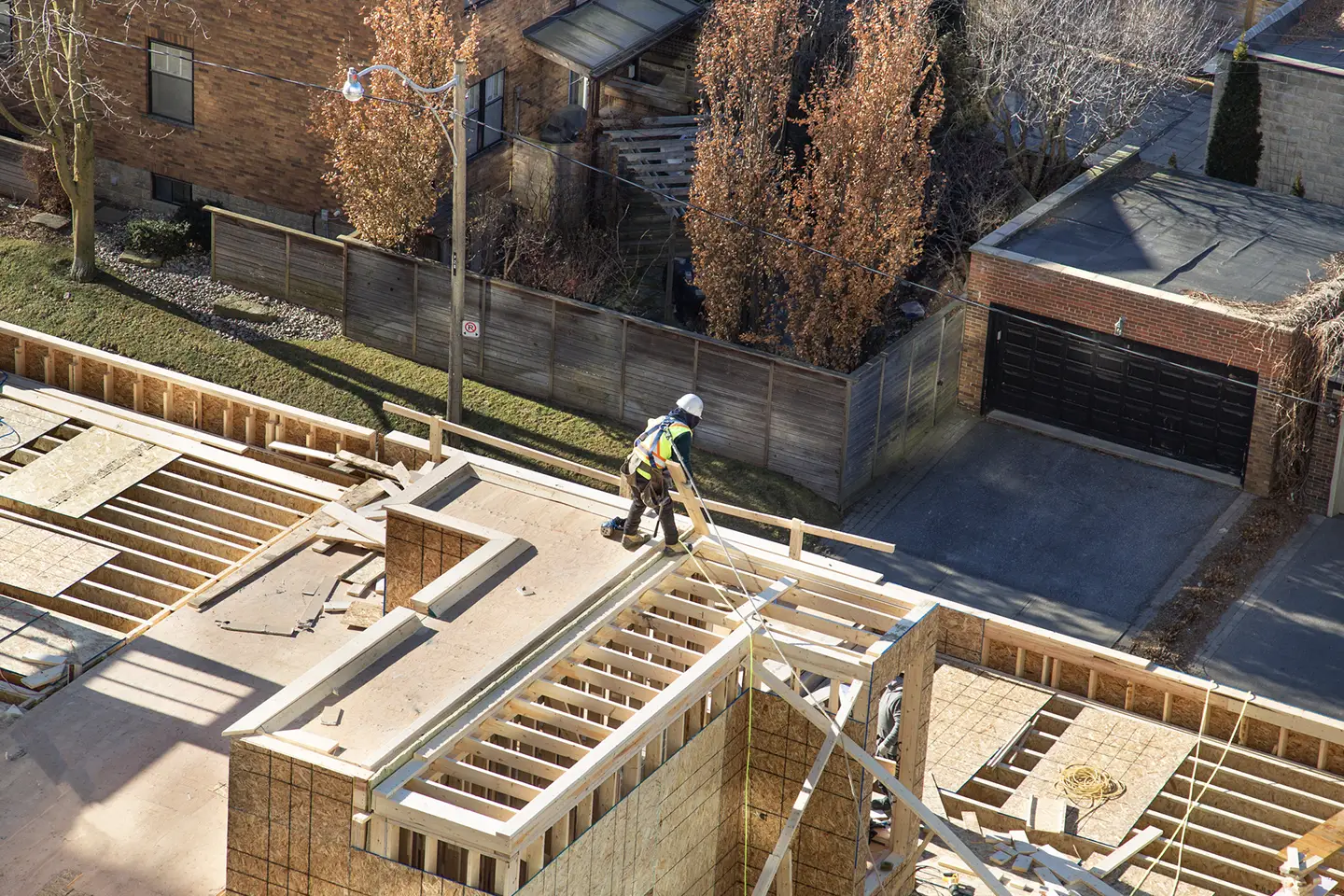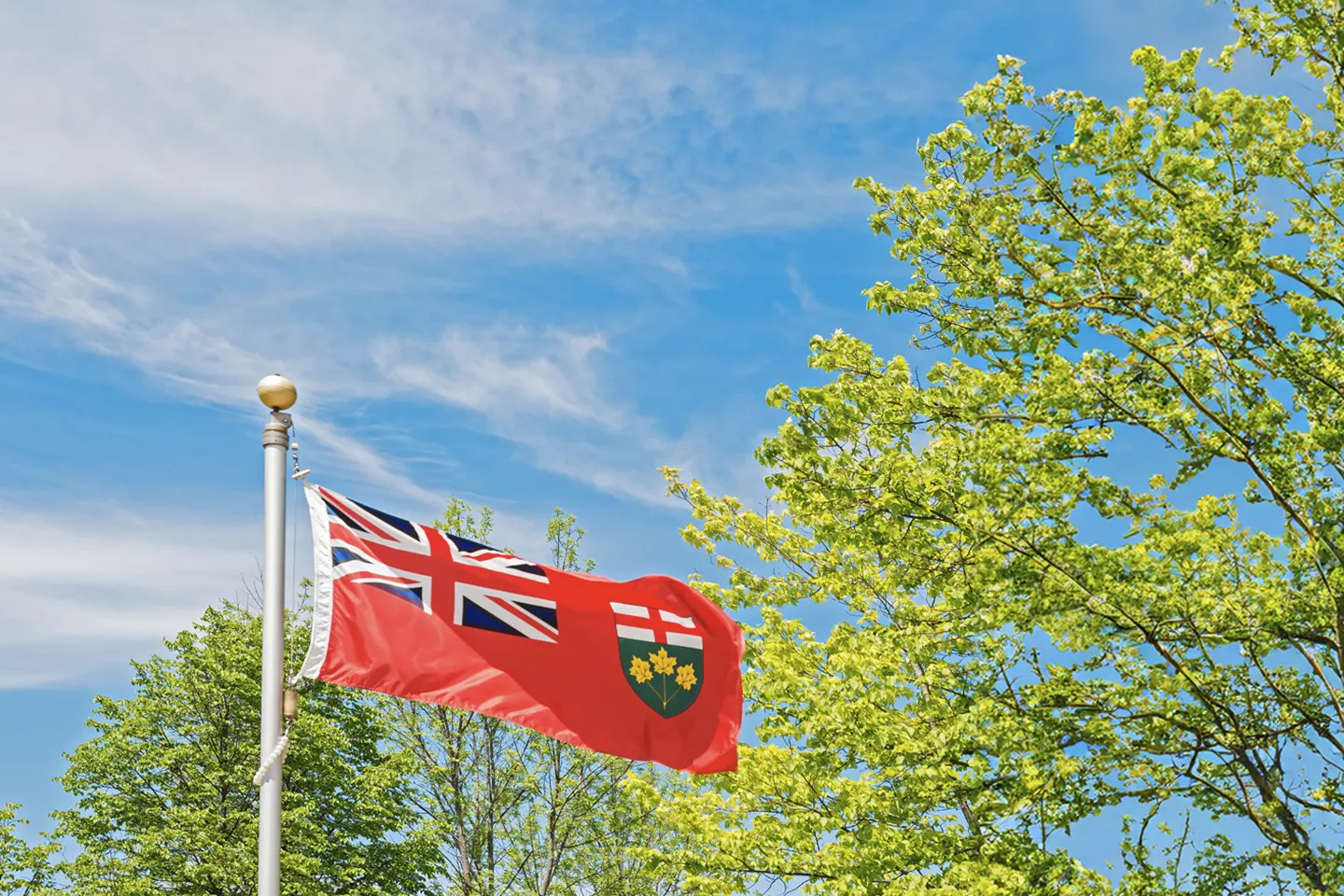Canada's Next Steps on Oil & Gas Emissions: Cap-and-Trade Unveiled

Yesterday, the Government of Canada unveiled the anticipated draft regulations to limit greenhouse gas emissions from oil and gas production via a cap-and-trade system. The oil & gas emissions cap and trade is a component of the 2030 Emissions Reductions Plan.
The proposed regulations sets a cap on greenhouse gas pollution within the oil and gas sector, equivalent to 27 percent below 2026 levels by the first compliance period (2030-2032), equivalent to 35% below 2019 levels. The proposed regulations will be published in the Canada Gazette on November 9th, and will be followed by a consultation period closing on January 8, 2025, with final regulations expected to be released in 2025.
Key Components
The proposed Oil and Gas Sector Greenhouse Gas Emissions Cap Regulations (proposed Regulations) would establish a national cap-and-trade system that would apply to upstream oil and gas activities, including onshore and offshore oil and gas production; oil sands production and upgrading; natural gas production and processing; and the production of LNG.
The emissions cap for the first compliance period will be equal to 73 percent of the sum of the attributed GHGs for the 2026 calendar year of each facility regulated. The first cap estimate will be announced in 2027, based on 2026 reported data. There will be three-year compliance periods, with the first one taking place from 2030 -2032.
The cap-and-trade system will allocate emissions allowances to facilities covered by the system using specified distribution rates—defined in allowances per unit of production, rather than based on absolute emissions intensity—for each type of covered activity. Allowances will be allocated amongst large operators before each compliance year, based on historic levels of production.
It is worth noting that distribution rates would be set based on estimates of 2019 emissions intensities foreach activity, with the same percentage reduction applied to all activities. This is intended to incentivize emissions intensity improvements and reward lower emissions intensity production for a given activity.
At the end of each year, each facility will need to remit to the government one allowance for each tonne of carbon pollution it has emitted. Over time, the government will give out fewer allowances, corresponding to the declining number of emissions allowed.
A minimum of 80 percent of obligations must be met via allowances. Further, up to 20 percent of obligations can be met via flexibility mechanisms that include: (1) Existing offset credits such as those recognized under Canada’s GHG Offset Credit System, including provincial credits, such as credits under Alberta’s TIER system; (2) Financial contributions to the decarbonization program at a set price (starting at $50/tonne)—capped at 10 percent of total obligations.
Coverage
All operators would be required to register and report, but only large operators (producing above an annual threshold of 365,000 barrels of oil equivalent) would have to remit allowances to cover their emissions. Large operators account for approximately 99% of the upstream sector’s emissions.
The government would distribute emissions allowances to covered operators annually, before the start of each compliance year. Allowances would be pro-rated across all covered operators’ facilities based on historical production volumes. Allowances would not be able to be used for compliance under other carbon pricing systems, such as the federal Output-Based Pricing System (OBPS). It will be possible to trade allowances among operators.
Next Steps
The system would be phased in with the first four years between 2026 to 2029 only setting out reporting requirements, and with compliance beginning in 2030. During the phase-in process, operators would be required to register and report their emissions and production. Large emitters will start reporting in 2027 for their 2026 emissions and production levels, while small operators would start in 2029 for their 2028 levels. The reports would be used to identify which operators will be subject to the emissions cap and have remittance obligations.
The cap for the first compliance period, 2030-2032, would be set at 27 percent below emissions reported for 2026, which is estimated to be equivalent to 35 percent below 2019 emissions. The final oil and gas GHG pollution cap level would be published before the end of 2027.
Alberta Premier Danielle Smith immediately committed to challenging the regulation in courts, were it to pass into law. She has instructed Government of Alberta officials to begin drafting a motion under the provinces Sovereignty Act.


